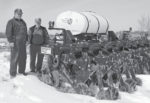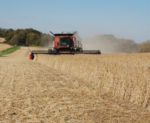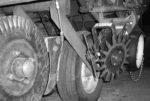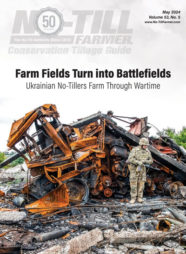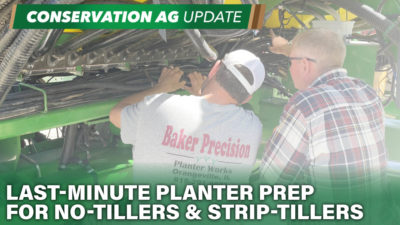What I've Learned from No-Tilling
Chasing Savings, Pushing Yields With No-Till and Strip-Till
Floyd Koerner Jr. and Floyd Koerner III make up a father-son team that excels at getting the most from every acre and input on their farm.
Read More

